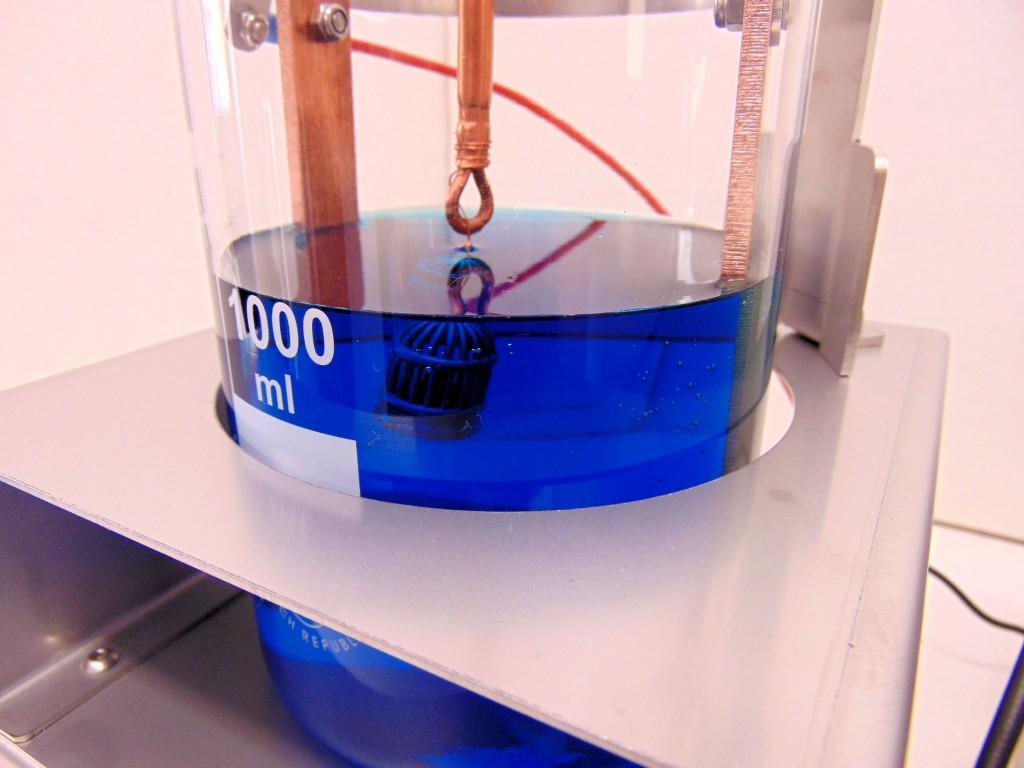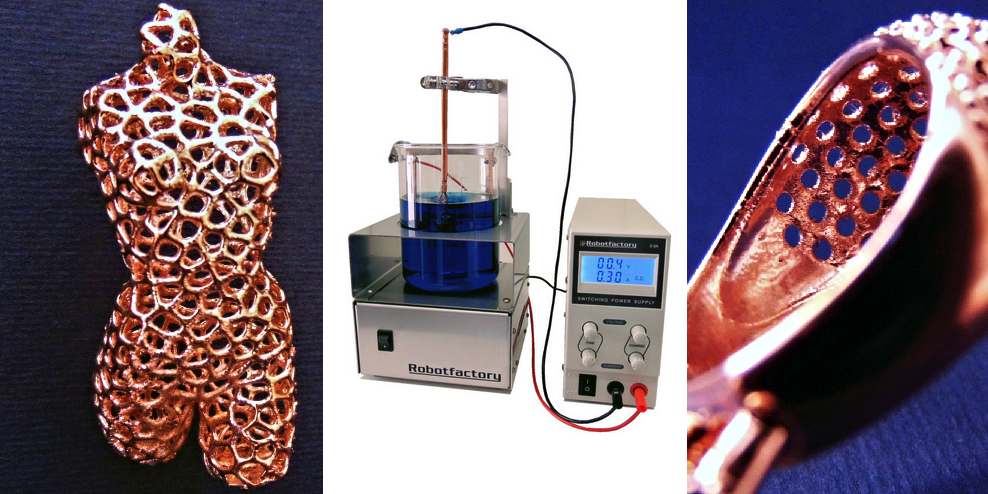 One of the benefits of 3D printing in plastic, is that it is relatively cheap and easy to do. However, when it comes to creating decorative items and jewelry, typically some sort of post processing is required. Whether it is painting, finishing, sanding, smoothing, or whatever else, post processing can turn 3D printed plastic into beautiful works of art. One type of post processing that seems to be catching on a bit more as of late is the process of electroplating.
One of the benefits of 3D printing in plastic, is that it is relatively cheap and easy to do. However, when it comes to creating decorative items and jewelry, typically some sort of post processing is required. Whether it is painting, finishing, sanding, smoothing, or whatever else, post processing can turn 3D printed plastic into beautiful works of art. One type of post processing that seems to be catching on a bit more as of late is the process of electroplating.
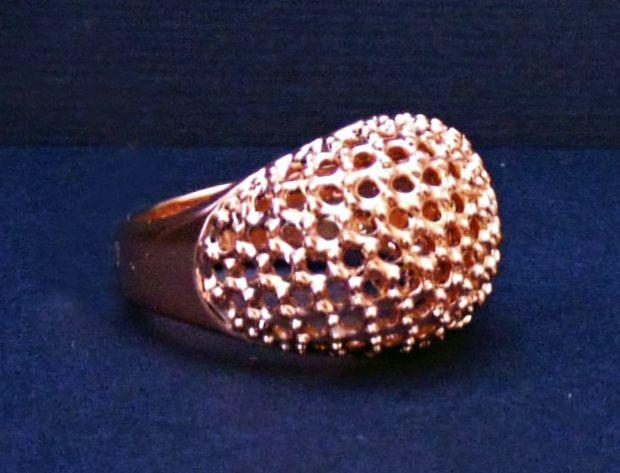 Electroplating is a rather complex and complicated process, where through the use of electric currents, metal is deposited onto the surface of these 3D printed plastic objects. The process, which has been around for centuries, has been a tool for many advanced users within the 3D printing space. However, not everyone has the skills or the knowhow to partake in the process. Because of this, an Italian company called Robot Factory has come up with a new machine called the CopperFace.
Electroplating is a rather complex and complicated process, where through the use of electric currents, metal is deposited onto the surface of these 3D printed plastic objects. The process, which has been around for centuries, has been a tool for many advanced users within the 3D printing space. However, not everyone has the skills or the knowhow to partake in the process. Because of this, an Italian company called Robot Factory has come up with a new machine called the CopperFace.
“A few weeks ago, Robot Factory presented to the Italian public the CopperFace Kit, for metallization of plastic materials, “Andrea Martini, director of Robot Factory tells 3DPrint.com. “CopperFace is a small galvanic system, which means it can deposit by electrolysis, a thin layer of metal over an object (which is also normally metallic), it is however also possible to metallize the plastic materials, after first making them conductive.”
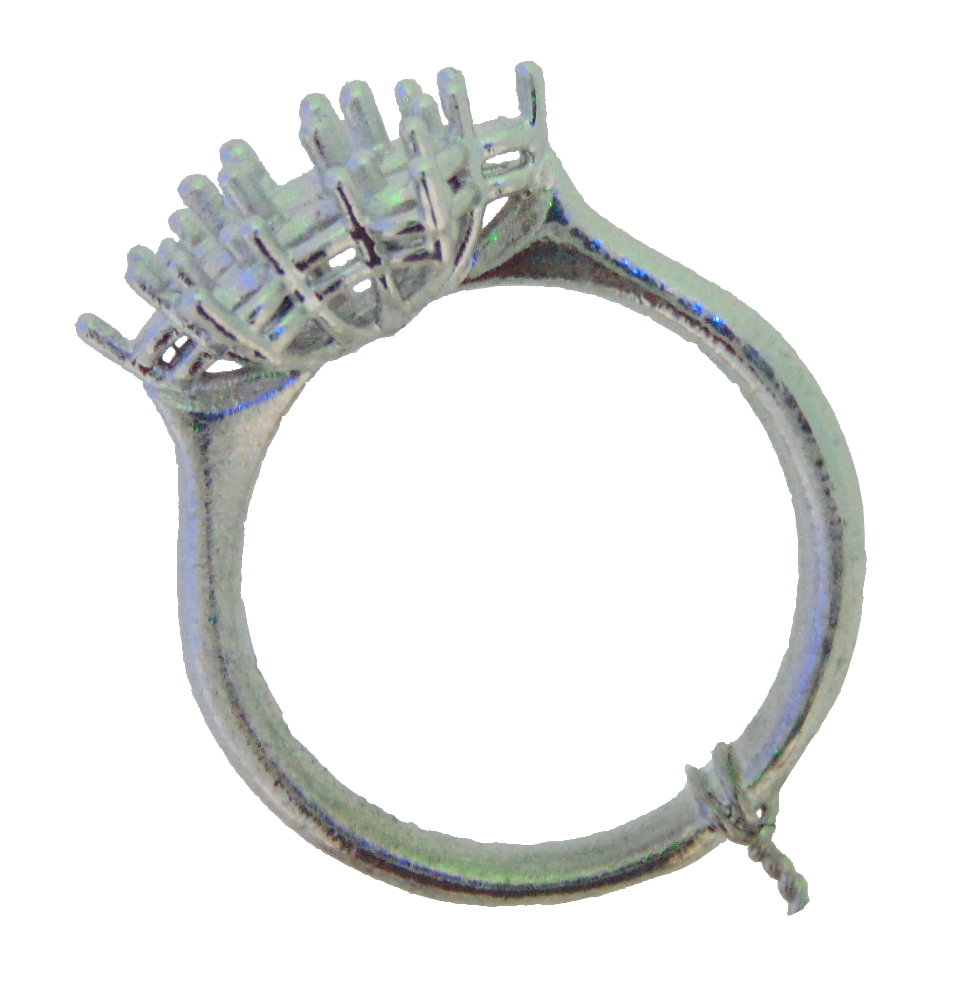 CopperFace is mainly targeted toward the jewelry industry, as many jewelers already use 3D printers (specifically SLA machines) to create intricate and detailed pieces. These prints are typically fabricated with photosensitive resin, which is a plastic-like material when hardened.
CopperFace is mainly targeted toward the jewelry industry, as many jewelers already use 3D printers (specifically SLA machines) to create intricate and detailed pieces. These prints are typically fabricated with photosensitive resin, which is a plastic-like material when hardened.
“CopperFace becomes indispensable for the presentation of models to customers, while allowing for the creation, at low costs, the photographic catalogs of the same models without them needing to be cast in metal,” Martini tells us.
This could save jewelers a lot of time and money. Traditional casting methods require the creation of molds from 3D printed parts, which are then filled with molten metal to create an object, which is made of 100% metal. Martini also tells us that the CopperFace is a perfect solution for model makers who are creating railroad models, ship models, etc., as these parts can all be 3D printed and then coated in various metals to make them look and feel more authentic.
While electroplating is usually a rather complicated process which many individuals are afraid to try for themselves, the CopperFace makes the entire process safe and easy to do. It can be used to coat objects in copper, nickel, silver, gold and other precious and non-precious metals. When an object comes off of the 3D printer, they are sprayed with a conductive material (usually either graphite or silver), left to dry, and then it’s time for the “electrolytic phase”.
“For the electrolytic phase, an acid solution is used with metal salts and a constant current power supply,” he explains. “The potential difference that is generated inside the glass tank between the cathode (object) and the anode determines the deposition of the metal on the surface of immersed model. Robot Factory recommends the copper coating of objects, because it can be basis for further galvanic phases with several metal like as rhodium, nickel, chromium, silver, gold , etc.”
While in the electrically charged bath, approximately 1 µm of metal is deposited every 2 minutes. Once an object is completely coated, it is removed from the tank and then washed with water before being left to dry. And wallah, you have a metal coated plastic object that looks much better than what it did when it came off of the 3D printer.
The CopperFace kit is currently being offered at a discounted price of €450 (approximately $493), for all those who place an order prior to September 1, 2015. The kit includes the following:
- CD containing Instruction Manuals, MSDS and software
- Magnetic stirrer with the function of supporting the glass tank (complete with stir bar)
- Constant current power supply
- Glass tank made of borosilicate glass
- Phosphorus copper anodes
- Cathode copper pipe complete with connecting cable and terminal ring for hanging objects
- Disposable gloves
- Spray bottle of conductive graphite (200ml)
- Abrasive sponge for cleaning the anodes
- Allen key (4mm)
- Multipolar cable with copper wire used to connect the object (length of 12 cm)
- RF Copper – acid solution of copper sulphate ready for use (1000ml)
- Wall power supply for stirrer
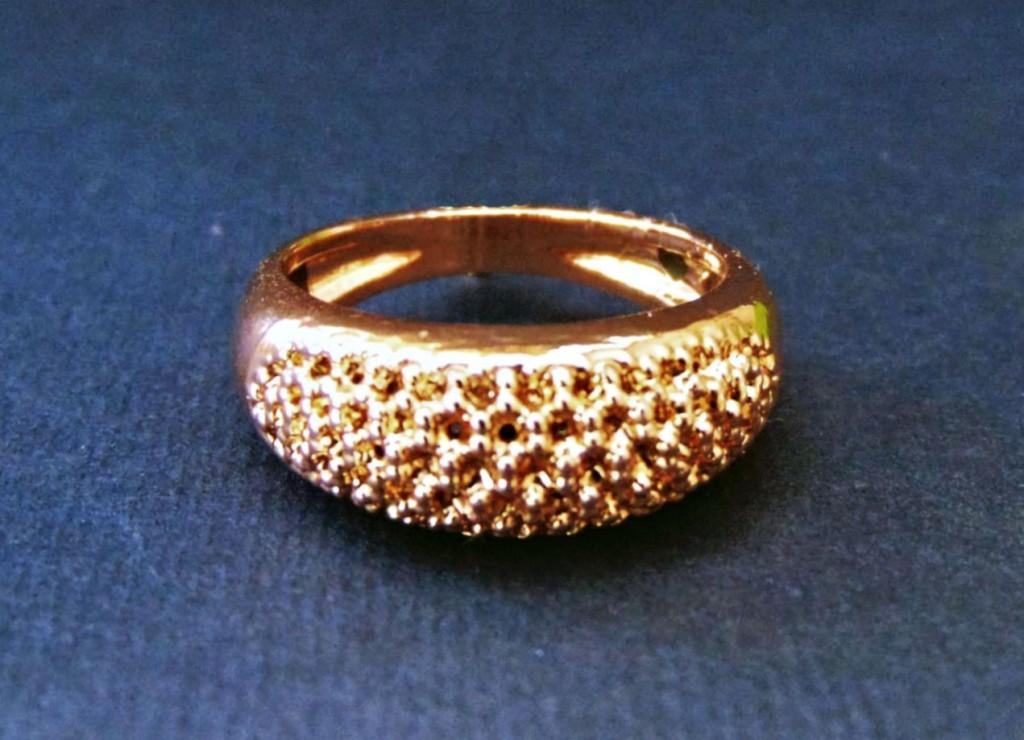 More information on the CopperFace can be found on the company’s website. As for the specifications; the stirrer measures 155 x 153 x 290mm, while the power supply measures 205 x 85 x 160mm, and the glass tank has a capacity of 1000ml. The machine also comes with a 1-year warrantee.
More information on the CopperFace can be found on the company’s website. As for the specifications; the stirrer measures 155 x 153 x 290mm, while the power supply measures 205 x 85 x 160mm, and the glass tank has a capacity of 1000ml. The machine also comes with a 1-year warrantee.
What do you think about this little machine? Do you think it’s worth spending $493 to make the electroplating of plastic 3D printed objects an easy process? Discuss in the CopperFace forum thread on 3DPB.com.
Subscribe to Our Email Newsletter
Stay up-to-date on all the latest news from the 3D printing industry and receive information and offers from third party vendors.
You May Also Like
Precision at the Microscale: UK Researchers Advance Medical Devices with BMF’s 3D Printing Tech
University of Nottingham researchers are using Boston Micro Fabrication‘s (BMF) 3D printing technology to develop medical devices that improve compatibility with human tissue. Funded by a UK grant, this project...
3D Printing Webinar and Event Roundup: April 21, 2024
It’s another busy week of webinars and events, starting with Hannover Messe in Germany and continuing with Metalcasting Congress, Chinaplas, TechBlick’s Innovation Festival, and more. Stratasys continues its advanced training...
3D Printing Webinar and Event Roundup: March 17, 2024
It’s another busy week of webinars and events, including SALMED 2024 and AM Forum in Berlin. Stratasys continues its in-person training and is offering two webinars, ASTM is holding a...
3D Printed Micro Antenna is 15% Smaller and 6X Lighter
Horizon Microtechnologies has achieved success in creating a high-frequency D-Band horn antenna through micro 3D printing. However, this achievement did not rely solely on 3D printing; it involved a combination...


